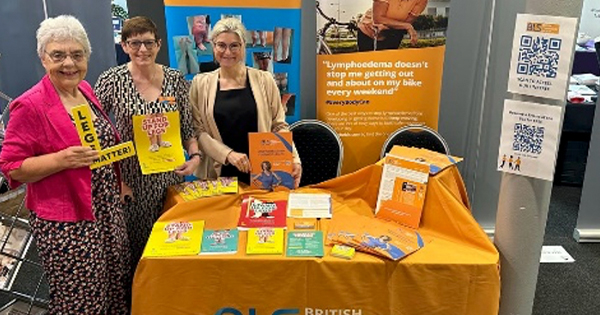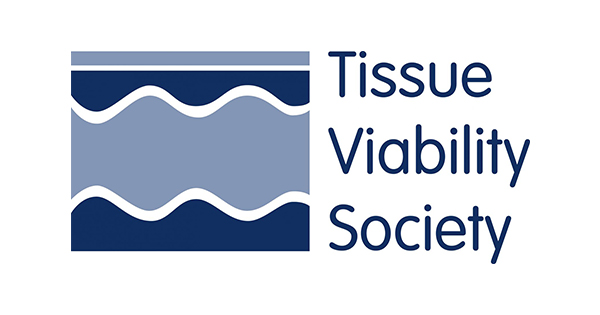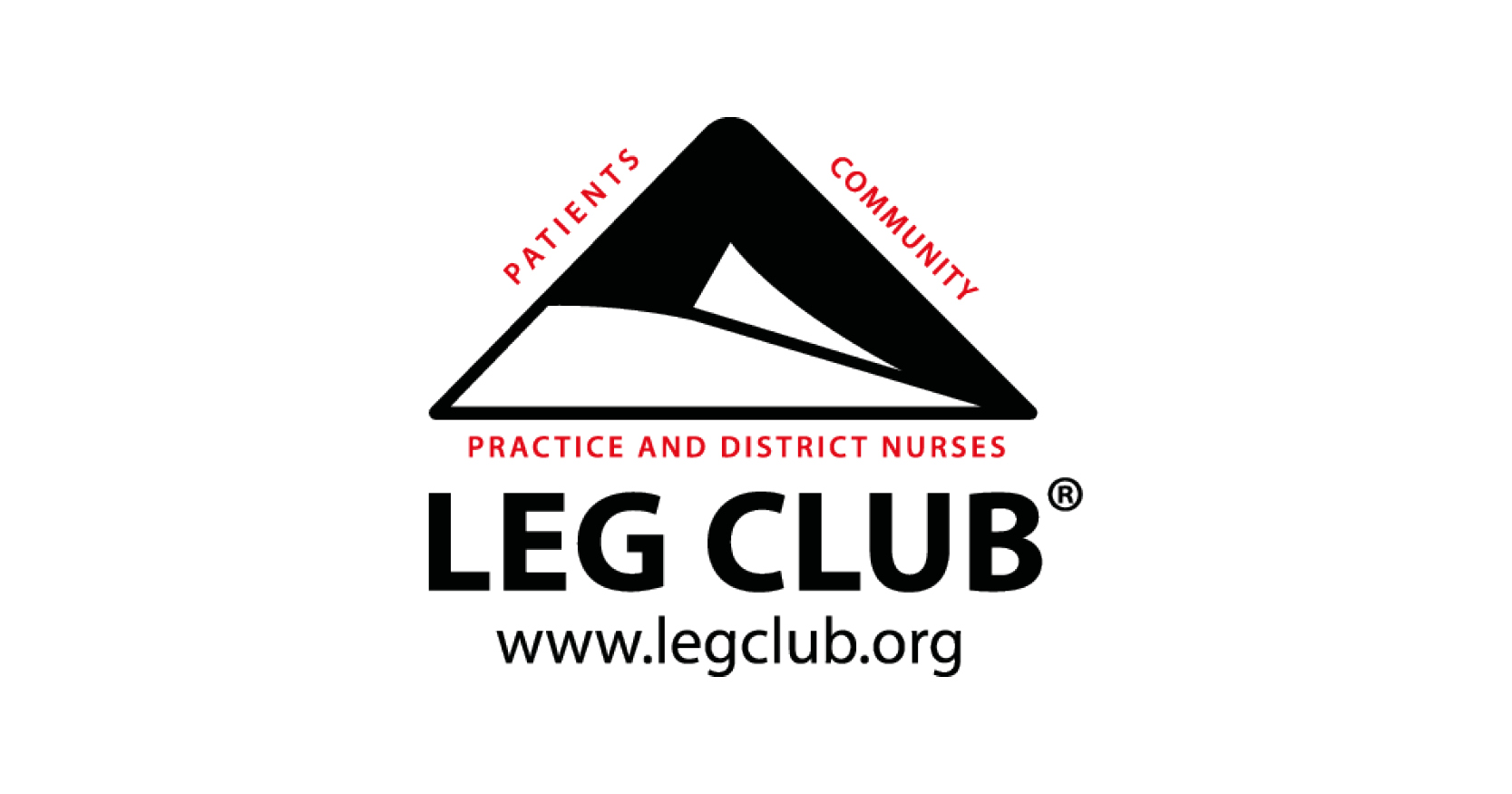In October 2023, the Leg Club Foundation was invited to attend the British Lymphatic Society (BLS) conference to profile the work of the psychosocial Leg Club model for lower-limb care. Through the concerted visibility of the BLS and the Leg Club, it became apparent that there was an opportunity for a potential consorting to further disseminate best practices and promote interdisciplinary collaboration, striving to provide real and positive improvement to individuals’ lives.
To prevail over barriers that may exist between the two organisations, shared objectives between the two specialities are required. This will enable a powerful approach to be implemented to facilitate a productive multidisciplinary working relationship. This was achieved by establishing shared objectives and purposes, uniting effective communication by means of open dialogue and collaboration to share ideas, perspectives, and expertise. Thus, fostering a sense of collective responsibility and ownership of the purpose of each organisation.
Discussion
The Leg Club Foundation (CRN 1111259) organisation is designed to meet the needs of people living in the community who suffer from problems relating to the lower limb by disseminating and facilitating the implementation of the psychosocial Lindsay Leg Club Model®. The aim of this model is to encourage wellness rather than treat illness across all age groups. As a third sector charity, the Foundation has developed excellent relations with various enterprises.
The importance of having a working productive relationship with societies involved in venous/lymphatic disease is critical. This will ultimately lead to improved outcomes; hence the Leg Club model has continuously been affiliated with national and international societies that have a similar goal. Collaborating with the third sector offers a pathway to social impact, leveraging complementary resources, and fostering mutual benefit as these partnerships strive to drive innovation, and build long-term relationships with communities. Together, non-profit organisations can create solutions that address societal challenges, driving positive change through raising the profile of persons experiencing venous and lymphatic problems who may often find life very difficult. These problems are experienced by people worldwide and the economic burden is huge. It is, therefore, key to collaborate with multidisciplinary and multiagency colleagues and relevant third sector organisations to enhance the quality of service, improve patient experience, and save money.
Nevertheless, for this to happen, a practical framework will be required so that shared objectives from both societies are established to provide comprehensive care. The potential benefits of working this way are immense, and could enhance a collective voice for advocacy and NHS healthcare policies, etc. This, in turn, will produce a more comprehensive shared knowledge and care by delivering unique insights with improved outcomes for individuals experiencing venous and lymphatic problems.
Collaborations are most effective when there is alignment between the mission, values, and goals of both parties. A combined working relationship with fellow specialist associations related to vascular, lymphology and associated fields has the potential to establish a platform for networking and sharing of knowledge, as well as keeping up to date on the latest developments in the two specialised fields.
Moreover, collaborating with health technology companies specialising in venous and lymphatic disorder devices, such as imaging devices, compression garments, or digital health platforms, can facilitate innovative solutions into clinical practice, improving an individual’s care and outcomes.
Each sector brings its own unique resources to the table. Addressing these challenges requires global collaboration, public health initiatives, and ongoing research efforts to improve prevention, diagnosis, and treatment strategies.
By working in partnership with organisations specialising in venous and lymphatic issues, it is crucial to achieve a comprehensive approach to tackling these conditions. A combined effort would improve healthcare outcomes and raise awareness.
Conclusion
Venous and lymphatic problems represent a significant global health issue that requires attention from various stakeholders to improve prevention, diagnosis, treatment, and overall outcomes. Collaborative efforts can lead to resource optimisation, where each partner contributes their strengths and resources towards achieving common goals and maximise impact while minimising duplication of efforts. Pooling resources, sharing expertise, and aligning objectives, enables collaboration with multidisciplinary and multiagency groups, with the potential to amplify an already-strong voice.
These collaborative relationships can be a powerful mechanism for driving positive social change and public health awareness of venous lymphatic disease, garnering shared values for all stakeholders involved. Through a structured partnership, the two organisations have started to combine their strengths and resources to make a greater impact in improving outcomes for individuals experiencing venous conditions and lymphoedema. Since September 2023, the two organisations have committed to building strong connections and relationships and a valuable access, enabling more meaningful engagement and impact to the communities they serve.





